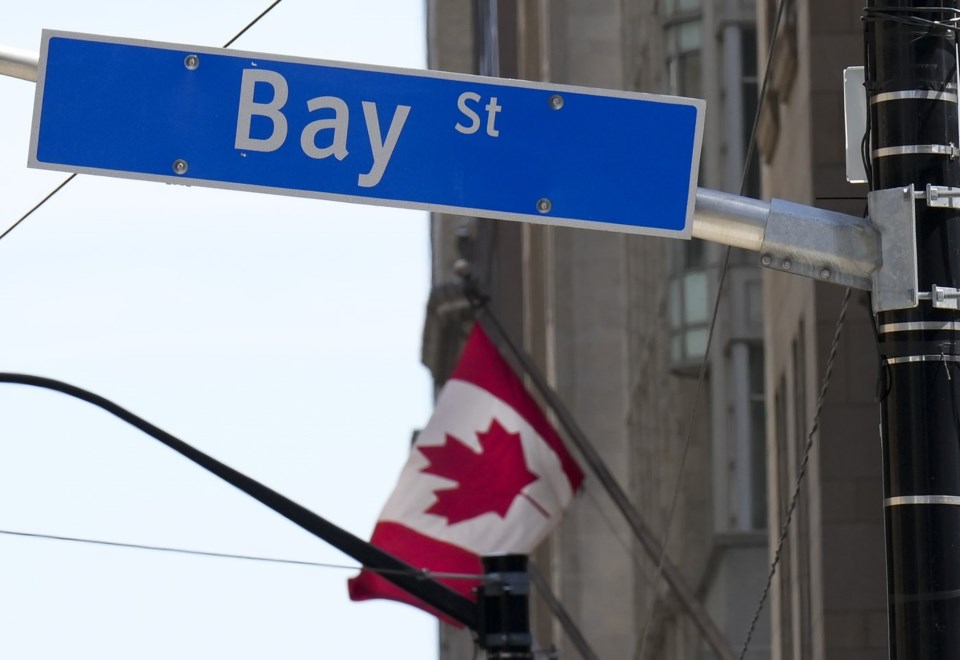For young investors who are building the fixed-income portion of their portfolio, it’s best they keep their approach simple and go for low-cost investment options, experts say.
“If they're just starting out, they don't need to maybe source out an individual bond right away. I think there are a lot of products now that make it easy to get exposure and be a little more diversified, like ETFs," Diana Orlic, a senior wealth adviser with Richardson Wealth, said in an interview.
Most investors understand that having fixed income is part of a well-balanced portfolio, and yet many don’t quite know how to best get exposure to bonds.
The first steps Orlic typically takes with younger clients is to educate them about the bond market and understand their financial goals and time horizon.
Even though it doesn’t make splashy headlines like equities do, the bond market is vastly larger than the stock market.
Bonds are essentially debt issued by a government or company, and they all come with different risk levels, returns and timelines to maturity (when the debt must be repaid). Typically, they are viewed as more stable than stocks, which is why their returns are usually lower. It's also why investors often flock to the bond market when there's upheaval in stocks.
Karl Berger, a senior wealth consultant at Cidel Asset Management, says he recommends do-it-yourself investors go for bond ETFs rather than mutual funds.
"Buying individual bonds is difficult and unnecessary, really. Most bond ETFs have management fees or expense ratios in the sort of eight, nine, or ten basis point range. And that should be a fairly important screen, I think, for people,” he said.
He also says to keep the strategy simple – there’s no need to allocate money to numerous funds because then it gets complicated.
Orlic agrees in that “there’s nothing wrong with using an ETF to get exposure to a certain area like the bond market."
However, considering all that’s happening in the economy right now with tariffs, interest rates and inflation, she said a bond mutual fund might not be a bad idea.
"There's a lot of moving parts and there's a lot of interesting ways you can trade that and actually actively outperform an ETF if you invest with a good actively managed fund," she said.
Active funds means the manager is updating the composition as market dynamics change, while ETFs are a more static basket of holdings, but the greater involvement of the active funds means they also generally charge higher fees.
When setting up her younger clients, Orlic said she might go for a hybrid solution. Money that might be needed in the short-term would be invested in a high-interest savings account or guaranteed investment certificate while money invested for the long term would be put into an ETF.
Regardless of whether you choose an ETF or mutual fund, it’s crucial to learn about what’s in the investment.
The prospectus and fact sheet can give you an overview including the top holdings in the fund, the geography of the issuers, the investment grade of the debt, previous fund performance and how risky it is. Funds that hold government debt will typically be lower risk while ones that hold corporate debt are higher risk.
"I always look at volume traded every day, too, because you don't want something that doesn't trade very often," Orlic said.
"Everything is in that fact sheet. This is something that people glance over and maybe don't pay attention to, but this is something we dive right into when explaining to clients."
This report by The Canadian Press was first published April 8, 2025.
Michelle Zadikian, The Canadian Press



